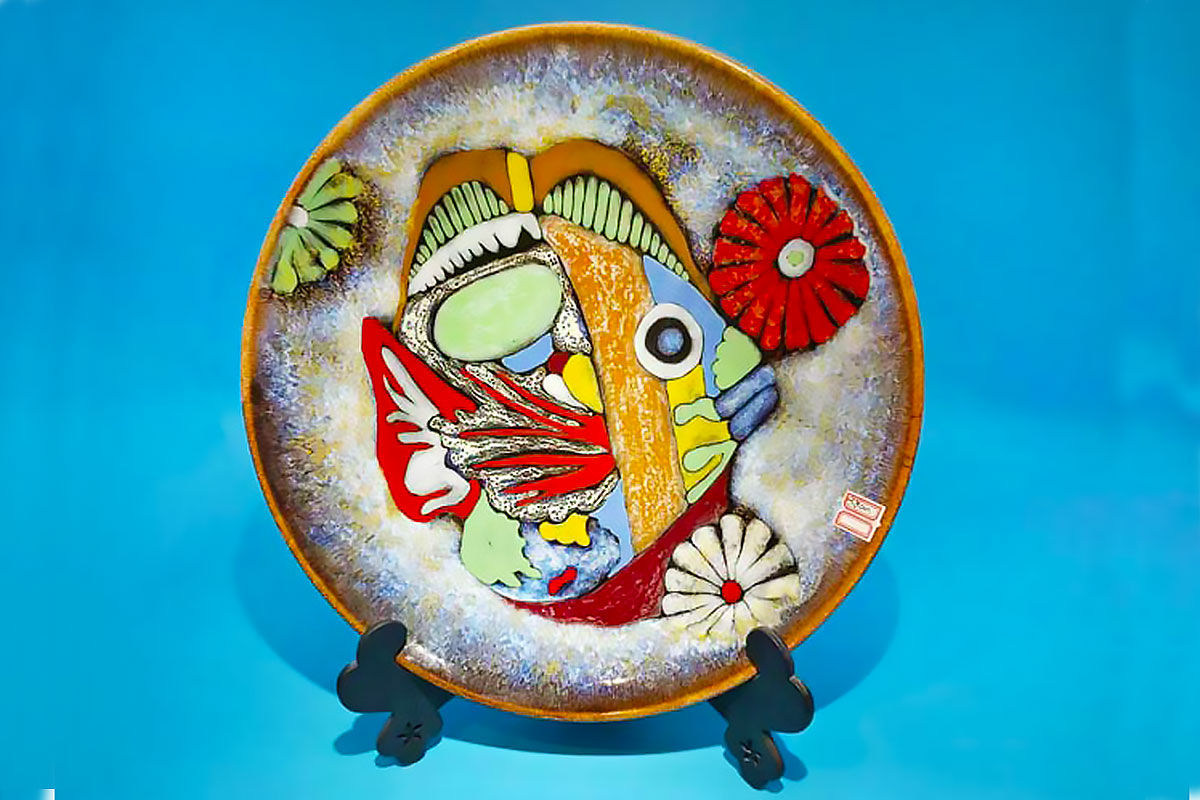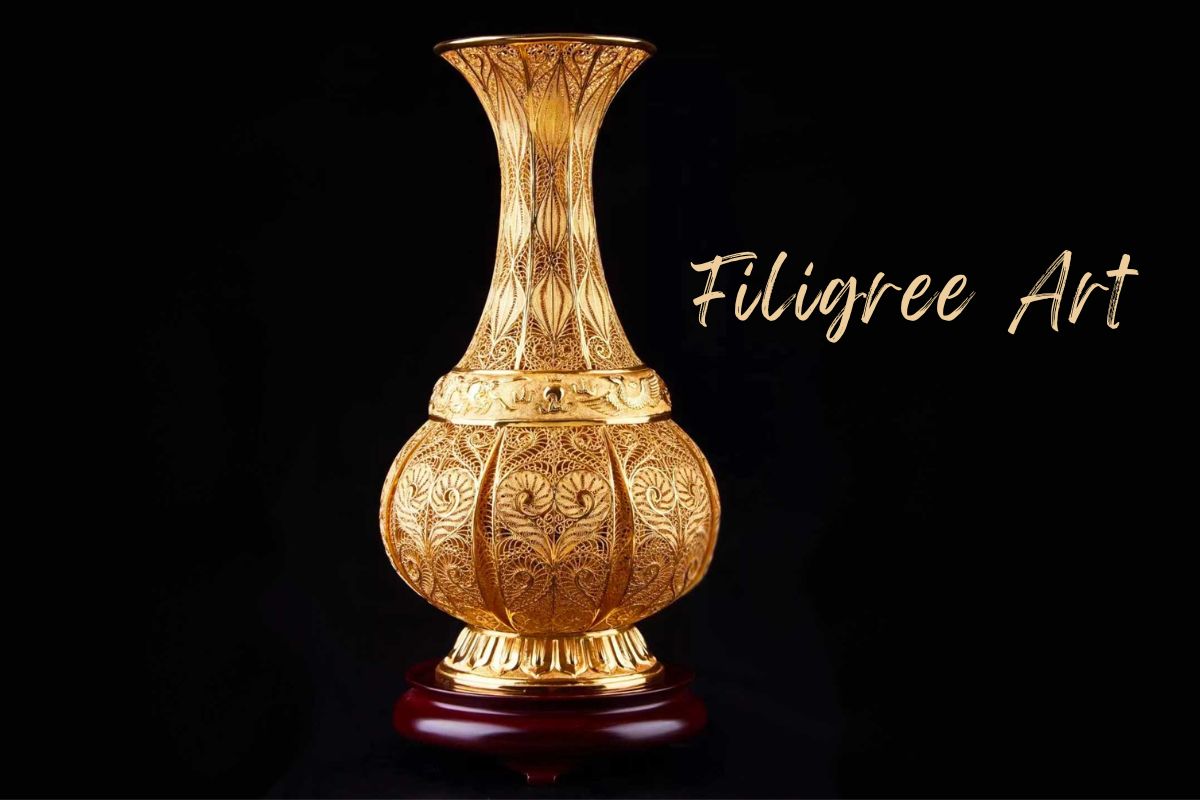Immerse Yourself in Ancient Chinese Culture with the Beautiful XiaBu Fabric
Thursday, August 06 2020 liao yi
Imagine yourself in early 14th century China, at the height of the Yuan dynasty. Surrounded by the wisdom of Confucianism, the aromas of exotic spices, flourishing international trade, and exquisite calligraphy, you would likely have much to explore.
However, one of the ubiquitous features of medieval China that would not escape your notice, no matter where you went, is XiaBu fabric.
The history of XiaBu is inextricably linked with the history of the Chinese people and their culture. In essence, XiaBu is a type of traditional, handmade Ramie fabric which is known as ‘China grass’ around the world.
XiaBu cloth has insulating properties which can keep the wearer cool during the summers, preventing sweat from sticking to the skin. Hence, it remained popular with the common Chinese people until the end of the Ming Dynasty, despite rapid improvements in cotton spinning technology during that era.
XiaBu was also exported to Japan, Korea, and other parts of eastern Asia as a highly prized commodity.
However, with the rise of the Republic of China and the concurrent modernization, the ancient art of weaving XiaBu fell out of fashion. This simple and age-old fabric all but disappeared from the public consciousness in China.
Simple and Exquisite – An Intangible Cultural Heritage Item
The simplicity, versatility, and fascinating longevity of XiaBu are some of its major benefits, that made it so popular among the Chinese and their neighbors. Essentially, XiaBu is a plain weave fabric made by spinning Ramie (one of the oldest fiber crops) into a thread.
For millennia, the art of weaving XiaBu into clothing (and other items such as purses and screens) was a highly-prized skill in Imperial China. XiaBu keeps for thousands of years and is quite resistant to wear and tear – features that were as useful in medieval China as they are in the hectic and fast-paced modern world.
These factors – combined with its elegant and minimalist aesthetic – made XiaBu the ideal fabric for the rich and the poor alike. Recently, the Chinese government declared this amazing fabric an ‘intangible cultural heritage item’, as a way to revive the art of XiaBu weaving in the country once again.
Over the centuries, many poems and songs have been composed by Chinese bards featuring the XiaBu fabric. The oldest collection of poetry in China, the Book of Songs, contains more than one poem about this popular Ramie-based fabric. Thus, there can be no doubt that XiaBu has had a profound impact on the culture and society of China.
XianYunXiaBu Ramie Studio: Making XiaBu Global
XianYunXiaBu Ramie Studio was established in 2013, in the city of Jingdezhen in central China. The founder of the studio was raised in Wanzai County, Jiangxi Province, which is well-known for the cultivation of Ramie and the production of XiaBu. The quality of XiaBu fabric produced in Wanzai is considered to be superior, and is popular both around China and abroad.
The studio manufactures elegant, durable, and unique XiaBu products such as clothes, wallets, screens, cushion-covers, table mats, and purses. Apart from that, it also focuses on research and development, especially in the realm of traditional Chinese XiaBu manufacturing techniques. One of its primary goals is to transform XiaBu production from a marginal handicraft into a more mainstream industry.
Weavers and craftsmen are encouraged to adopt state-of-the-art production techniques, in order to produce the highest quality XiaBu items without losing the authentic and traditional aspects of the fabric. The studio also aims to make the most of the natural and eco-friendly aspects of Xia Bu, enabling it to replace many of the artificial fabrics we use today.
The Steps Involved in XiaBu Production
The manufacturing process employed by the XianYunXiaBu Ramie Studio is as follows:
- Ramie is harvested thrice every year in JiangXi Province, beginning in the month of May. The quality of the Ramie crop is the highest during the very first harvest of the year.
 |
 |
- The Ramie fibers are then soaked in water and separated by hand during the spinning process, which is unique to China. They are drawn into a thin thread one by one and finally rolled into a ball of string.
 |
 |
- To smoothen and strengthen the fibers for weaving, rice milk is brushed evenly on the line.
 |
 |
- Bamboo pieces are inserted into the threads or fibers. They are then put on a wooden frame known as YangJiao.
 |
 |
- A traditional Chinese loom, made from wood, is used to weave the cloth. It might take anywhere between three and thirty days to weave 25 meters of XiaBu cloth, depending on how fine the fabric needs to be.
 |
 |
To fully understand the story behind XiaBu, the studio has visited several production areas across East Asia; met scholars, experts, and historians; and engaged in the collection and showcasing of XiaBu clothing through exhibitions around the country and the world.
In essence, the studio’s purpose is to preserve and disseminate the intricate cultural heritage surrounding the production of XiaBu fabric in China. The recovery and dissemination of historical manufacturing processes and the development of derivative designs are some of the ways in which they are trying to bring XiaBu back into the cultural discourse of China and the world.
To immerse yourself in medieval Chinese culture with the unique and gorgeous XiaBu products manufactured by XianYunXiaBu Ramie Studio, click here now!









